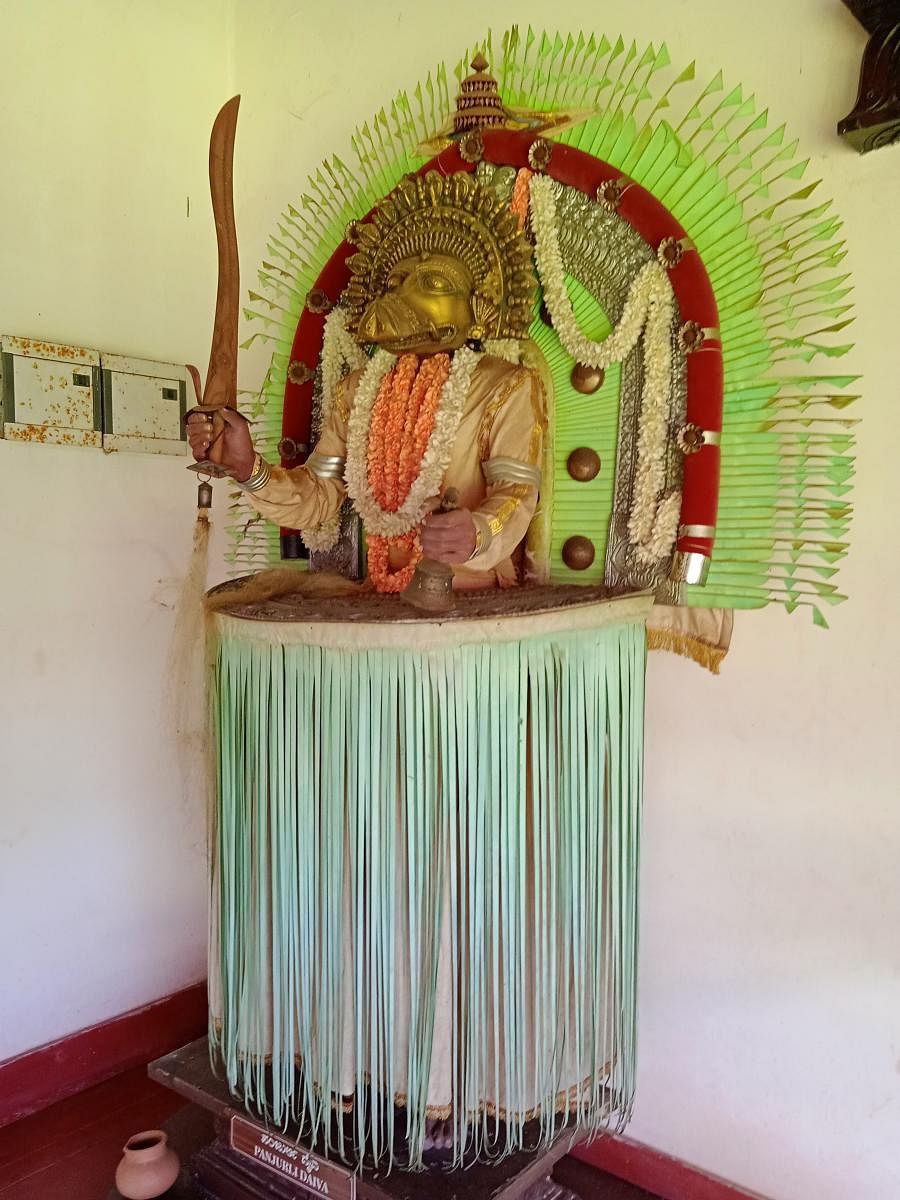Experiencing the grandeur of the stately 'guthu manes'






The guthu manes of the Bunt community in Dakshina Kannada share the same fame as the stately mansions of the Chettiars, the traditional Nalukettus of Kerala, the bungalows of the British Raj and the Havelis of Rajasthan.
Although a few guthu manes continue to exist in the coastal district, they are largely a thing of the past. Fortunately, one can still experience the grandeur of a guthu mane nestled in the sylvan surroundings of Pilikula Nature Park, just 10 km from Mangaluru.
The imposing structure, with its sloping tiled roof, draws one’s attention and the experience lingers long after one departs.
Just as you step into the courtyard, you come across a granary (kanaja)— a cylindrical structure made from the dry hay of paddy and rope made from hay. These granaries were popular in the coastal district when agriculture was a dominant occupation. The construction of a kanaja is both a skill and an art.
Also found in the courtyard are two large oval and circular stone troughs of water. There is a tulsi katte and a draw water well, both built with red laterite stones, a local building material.
On one side of the house is a storeroom (ugrana) used to store agricultural implements and tools for daily use. It is also used as temporary storage space for agricultural produce.
In the verandah is a palanquin (palakki), which was used as a mode of transport by the royal family, affluent class and warriors. It is now used only in ritualistic and religious ceremonies. The palanquin here is a replica of a hundred-year-old palanquin belonging to the Baraya Palace of the Jain Ajila kings in Aladangady of Belthangady taluk. Another palanquin from Kodial Guthu is a replica.
Also on display is a pattada mancha, a wooden seat (throne) used by the feudal lords of the fiefdom in the coastal region. It is a replica of the one in Aladangady. Ichilampady Pattadagadi is a replica of the original royal seat for the exclusive use of Kumble lords during their visits to the Ichalampady guthu mane.
The daivada kone (room of the spirit) is typical of a Tulu Nadu household where the family deities are worshipped. In this room, on a wooden seat, metal masks of the deities and ritualistic items like swords (kadsaale), bronze pots (gindi), and metal vessels (huji) are placed for worship.
Life-size statues of performers in Yakshagana costumes are on display. An elaborate description of jewels and costumes used in Yakshagana are displayed in a chart. A Yakshagana chowki or a green room is also present. A brief sound-and-light show, at the press of a button, gives a glimpse of the dance-drama to those who are unfamiliar with the art form.
There is an audio-visual of the making of the palm jaggery right from toddy-tapping to the final product. A traditional kitchen displays ceramic jars, stone grinders, clay pots, copper vessels, wooden spoons and ladles.
In one corner of the hall, there is a tableau comprising a grandmother seated on the floor with her grandchildren around her. At the press of a button, you can choose a story which is narrated by the grandmother. With this, you are transported to another place in another time.